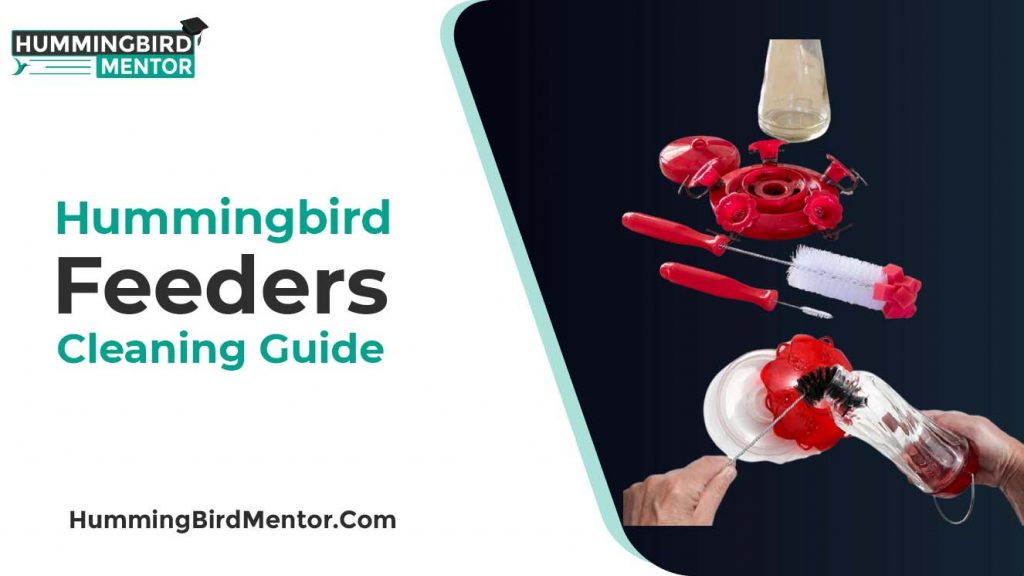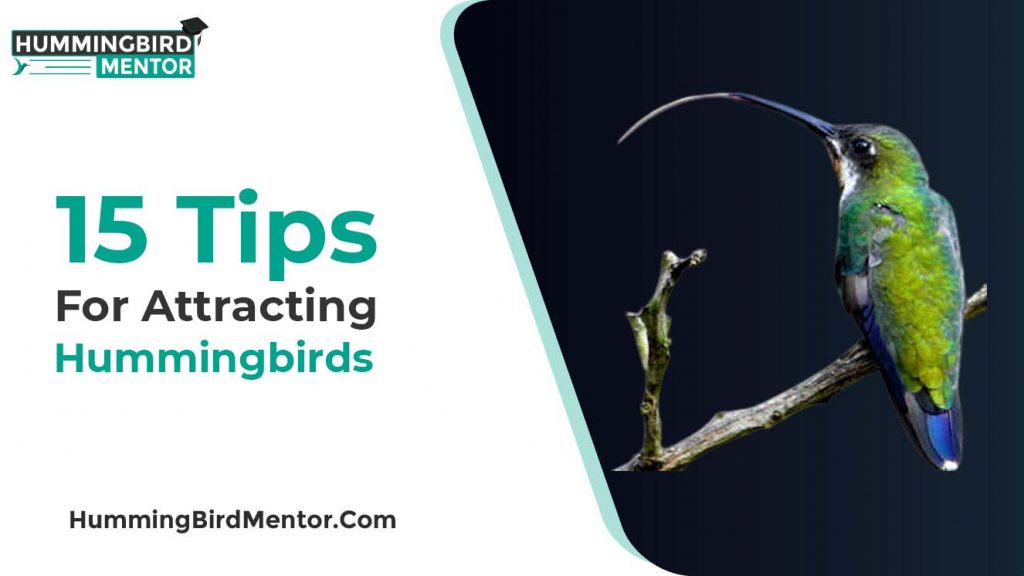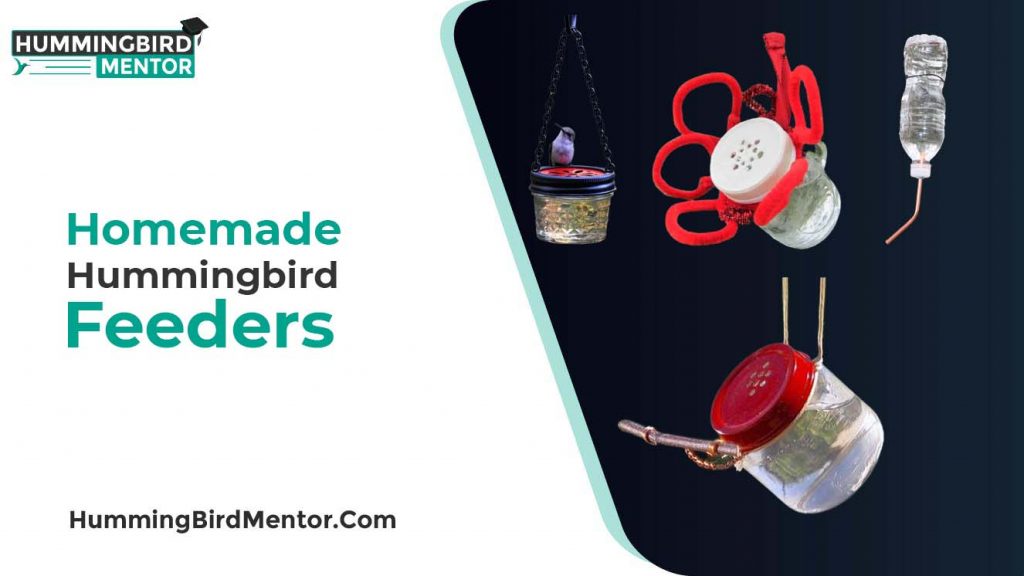Are you also trying to attract the hummingbirds in your backyard by hanging the hummingbird feeders? Here’s we are going to list the 7 important things to know about your hummingbird feeders. Especially if you live in the eastern half of the United States, you may observe the ruby-throated, black-chinned, Costa’s, Allen’s, Rufous’s, and Anna’s hummingbirds. Fortunately, if you live in the hummingbirds frequented area, you can enjoy the close-up view by hanging the hummingbird feeders in the garden. These tiny birds need an astonishing amount of daily calories as they have the highest metabolic rate than any other animal on the earth.
Most hummingbirds prefer to feed on the nectar, but they also prefer the insects, sap, and pollen to maintain their protein level. You can also attract the hummingbirds in your garden by planting their favorite flowers, including the Lantaza, Zinnia, Salvia, flowering tobacco, petunia, and foxglove. Let’s see the 7 important things to know about hummingbird feeders.
1. Hang more than one feeder
Usually, it’s not very common to see that a single hummingbird claims that a feeder is his own. But some hummingbird species do that, and it’s entertaining to see the aerial hijinks, and swirl while chattering madly. The solution is simple. You can hang at least two feeders that are at least 10 feet apart from each other. This way, you can enjoy a good number of birds in your garden. There is no issue if a dominant bird is still defending his turf.
2. Provide a nearby water source
Although hummingbirds don’t drink enough water as they love to feed the nectar the whole day. But they like to take a bath in freshwater, especially during the summer season. They love splashing in the water to keep their feathers in good condition and remove any sticky nectar. It also removes the pest and dust from their feathers. But the hummingbirds are rarely found on the traditional birdbaths as they prefer the mist. So, you can also install a shallow fountain with a solar-powered bubbler and set it to the finest spray. Make sure to set it near the feeder, shrubs, or trees where the hummingbirds can perch with their wet feather.
3. Prevent the ants and bees
Unfortunately, sugar water is equally attractive for ants, bees, and wasps as well. You need to take steps to ward off them to provide comfortable feeding to the hummingbirds. One trick is to hang the hummingbird feeder with the fishing line as it’s difficult for the ants and to climb on it. Many separate ant moats are available that can be filled with water to make a blocking barrier for ants. For the bees and wasps, the saucer-style feeders are more beneficial as they are easier for the hummingbirds but difficult for the bees and wasps. Moreover, these feeders are also less prone to leaks as compared to traditionally shaped feeders.
4. Regularly clean the feeder
Mold and bacteria quickly grow in the feeders, especially during the summer season. So, it’s necessary to clean the feeder at least once a week by thoroughly scrubbing it. Some of the hummingbird feeders are dishwasher safe. If this is the case, then regularly put it in the dishwasher. You can also use warm soapy water to clean the feeder thoroughly. Make sure to use the old brush or any other small brush to scrub all the inner areas of the feeder. After that, rinse the feeder completely and let it dry completely before reassembling.
5. Change the food frequently
Make sure to change the nectar regularly before its spoiling. The spoiled nectar is not good for both; your feeder and hummingbirds as well. You need to replace the nectar at least twice a week during the cool weather, but change it every other day when the temperature is 80 degrees or above. You can place the feeder away from the sun to maintain the nectar freshness for a longer time. But don’t put it under the deep shade where it’s difficult for the hummingbirds to locate it. The perfect way is to choose the spot that is shaded during the peak heat of the afternoon.
6. Don’t use the red food coloring
Many birders try to use different color dyes to attract the hummingbirds. Particularly they use red, orange, pink, and purple. Yes, these are attractive for the hummingbirds, as you can observe the little bird hovering around you when you venture into the yard wearing a shirt of their favorite hues. But many wildlife experts think that it’s harmful to the hummingbird’s health. You can use the red feeders to attract the birds without any side effects. So, make sure to use clear commercial or homemade food to attract the hummingbirds.
7. Keep the feeder up from spring through fall
In many areas, hummingbirds stick around all year long, especially in Southern California. But in most of the areas, they only visit during the warmer months. As a general rule, you can hang your feeder in mid-March if you live in the south and in early to mid-April if you are living north. It does not make sense to keep up the feeder if the birds are gone. Roughly, it’s good to put down the feeders after 2 weeks you have stopped seeing the visitors, which is generally mid to late October in North and early to mid-November for the South.


